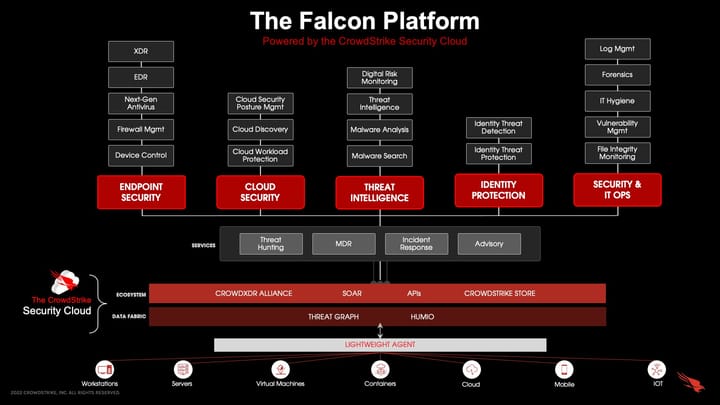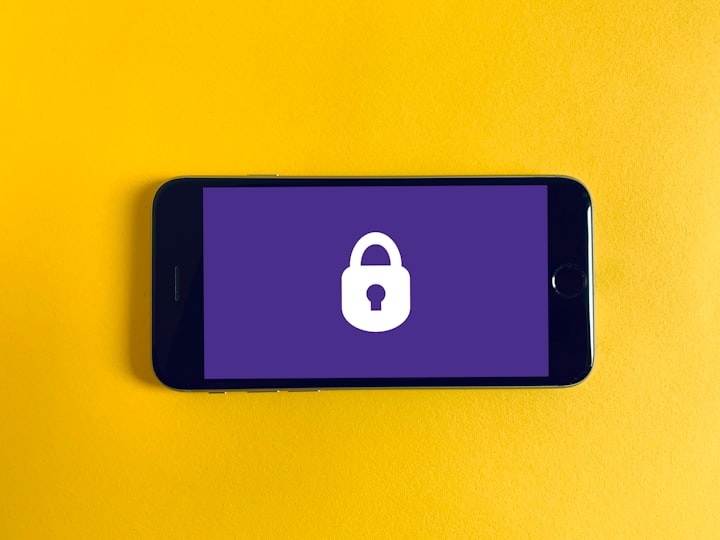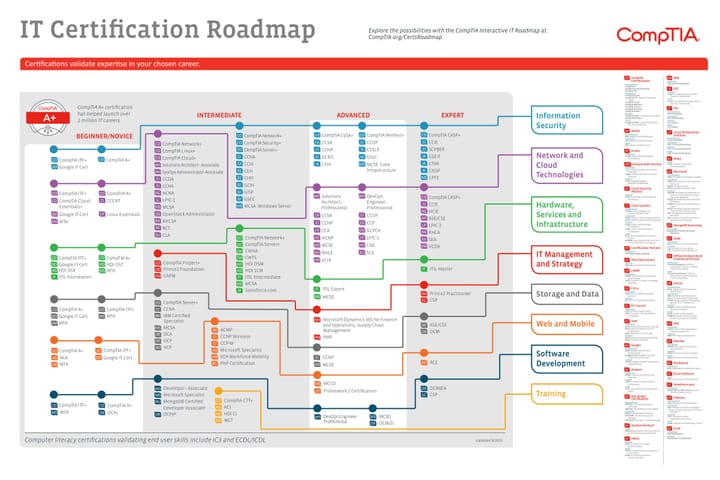Understanding Single Sign-On (SSO): A Gateway to Simplified Access

In an era where digital convenience is not just appreciated but expected, Single Sign-On (SSO) technology emerges as a beacon of efficiency for users navigating the vast expanse of online services. Imagine possessing a master key that unlocks every door in a building; SSO offers a similar convenience in the digital world, allowing users to access multiple applications with a single set of credentials. This innovation significantly alleviates password fatigue and streamlines user experiences across platforms.
How Does SSO Work? A Closer Look:
To grasp the mechanics of SSO, consider the process of logging into LinkedIn using Google as the identity provider—a common scenario in the SSO landscape. Here's a step-by-step breakdown:
- User Requests Access: The journey begins with the user attempting to access LinkedIn, where they're prompted to log in. Choosing "Sign in with Google" initiates the SSO process.
- Authentication Request: LinkedIn, acting as the Service Provider, redirects the user to Google, the Identity Provider, with a request to authenticate the user's identity.
- Checking for Active Sessions: Google checks if the user already has an active session. If not, it prompts the user to authenticate.
- Credential Submission: The user provides their Google credentials (username and password) to proceed.
- Verification of Credentials: Google verifies the submitted credentials against its database. Upon successful verification, it generates an authentication token or assertion.
- Token Transmission: This token is sent back to LinkedIn, confirming the user's identity and granting them access.
- Seamless Access Across Services: With an active session established by Google, accessing other services (e.g., GitHub) that accept Google as an identity provider becomes seamless. The user doesn't need to re-authenticate; instead, the existing session facilitates instant access.
- SSO operates on specific protocols that define how identity and service providers communicate and establish trust. Among these, Security Assertion Markup Language (SAML), OpenID Connect, and OAuth are predominant, each playing a crucial role in the secure and efficient management of digital identities across platforms.
The Impact of SSO:
SSO represents a significant leap towards enhancing user experience in the digital domain. By minimising the need for multiple logins, it not only combats the inconvenience of remembering numerous passwords but also reduces the risk of password-related security breaches. For organisations, it simplifies user management and security protocol implementation, making SSO a win-win for users and service providers alike.
In conclusion, as we navigate through an increasing number of digital services, the significance of technologies like SSO cannot be overstated. By offering a unified access point to a myriad of applications, SSO stands out as a pivotal element in the ongoing evolution towards a more integrated and user-friendly digital landscape.



Comments ()